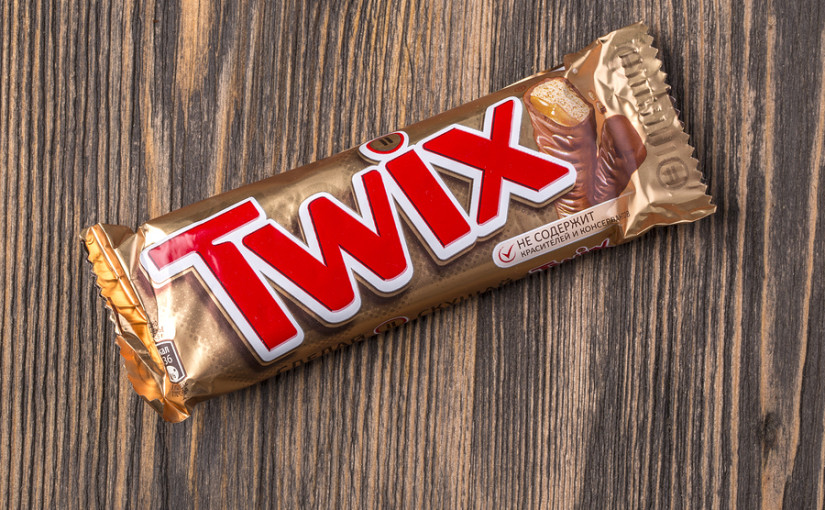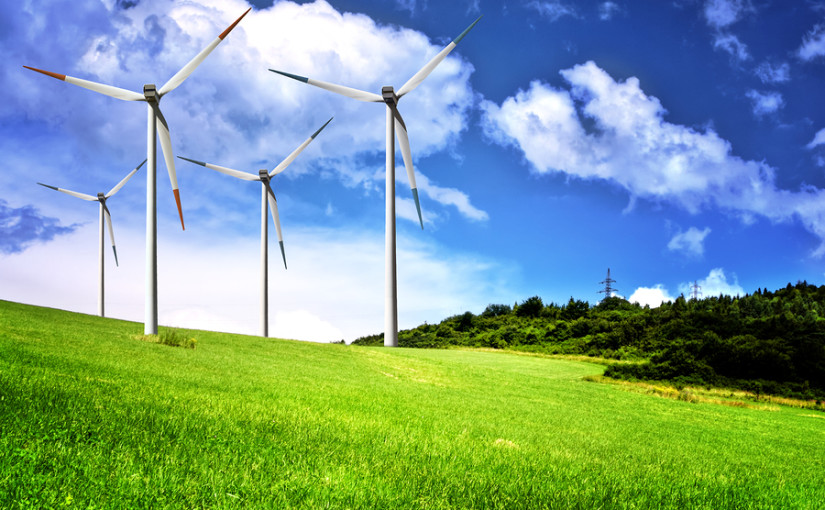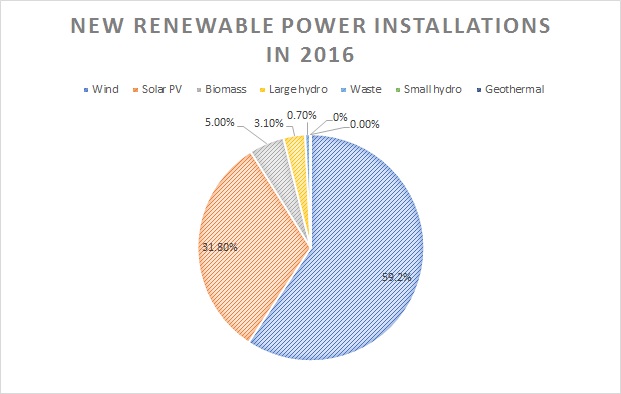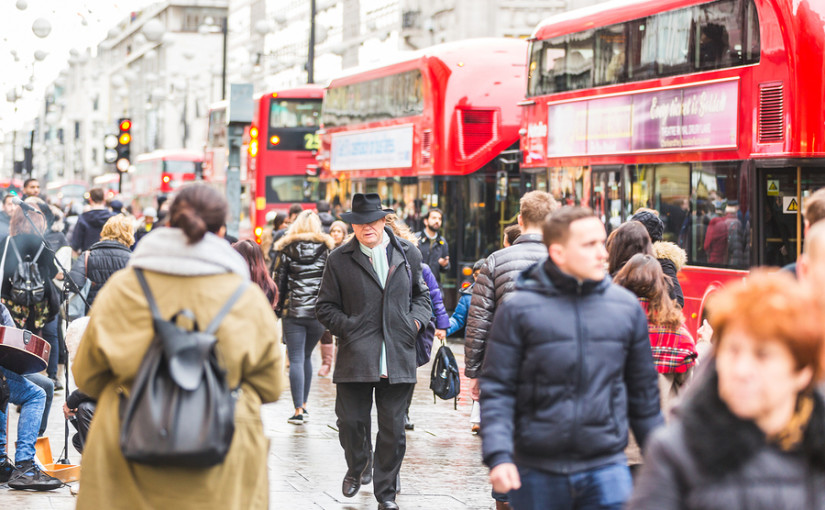Moving house is not only stressful to those who are moving, it is also often stressful for the environment too, with the average UK home move creating around 16.8kg of CO2 emissions – that’s equal to keeping a light bulb on continuously for 53.85 days!
So, how can those emissions be lowered? If you are concerned about your carbon footprint and planning a house move soon or in the future, take a look through our tips below to keep a lid on your environmental impact.










